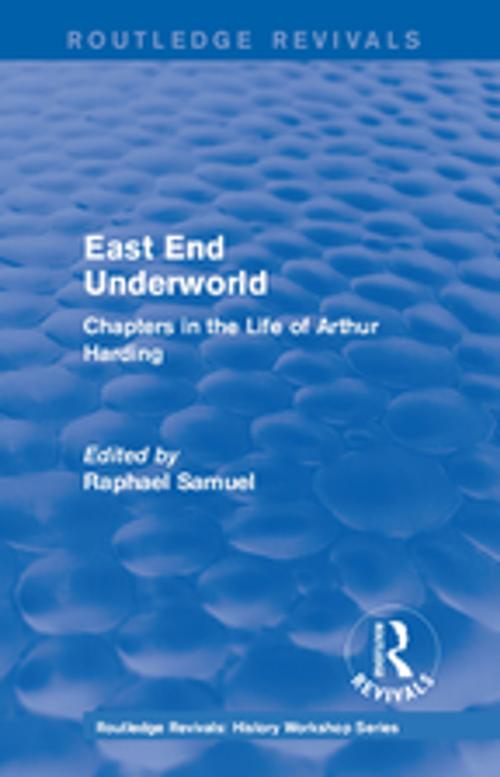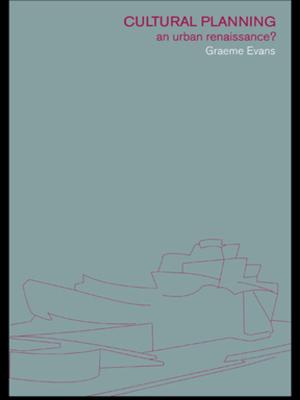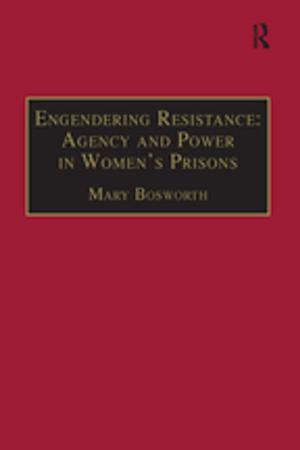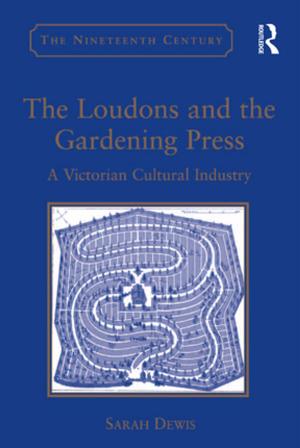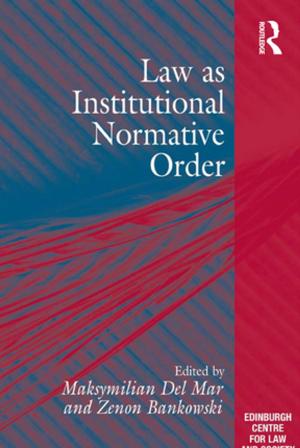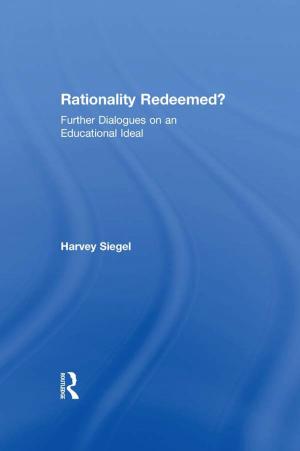Routledge Revivals: East End Underworld (1981)
Chapters in the Life of Arthur Harding
Nonfiction, History, Modern, 20th Century, British| Author: | ISBN: | 9781315450704 | |
| Publisher: | Taylor and Francis | Publication: | October 4, 2016 |
| Imprint: | Routledge | Language: | English |
| Author: | |
| ISBN: | 9781315450704 |
| Publisher: | Taylor and Francis |
| Publication: | October 4, 2016 |
| Imprint: | Routledge |
| Language: | English |
First published in 1981, this book examines the life of Arthur Harding, a well-known figure in the East End underworld during the first half of the twentieth century. The first five chapters survey his life in the ‘Jago’ slum between 1887 and 1896, offering a different view of an often vilified district. The subsequent phases of his life as a cabinet-maker, street trader and wardrobe dealer reflect the changing fortunes of the East End from hand-to-mouth conditions in the late-nineteenth century to comparative security in the 1930s.
The reader is introduced to some of the major features of East End life — back-street enterprise, neighbourhood solidarity, politics and popular culture. Among the many themes that can be traced are the relationship between the underworld and the local working-class community; the collusive understanding established between villains and the police; the effects of the criminalisation of street betting; and the relationship between Jews, non-Jews and what the author terms ‘half-jews’ in a district of high immigration. Drawn from transcripts of recorded reminiscences, this book provides an important text for understanding the political economy of crime — extended by the authors extensive footnotes and a preface discussing the peculiar moral complexion of south-west Bethnal Green.
First published in 1981, this book examines the life of Arthur Harding, a well-known figure in the East End underworld during the first half of the twentieth century. The first five chapters survey his life in the ‘Jago’ slum between 1887 and 1896, offering a different view of an often vilified district. The subsequent phases of his life as a cabinet-maker, street trader and wardrobe dealer reflect the changing fortunes of the East End from hand-to-mouth conditions in the late-nineteenth century to comparative security in the 1930s.
The reader is introduced to some of the major features of East End life — back-street enterprise, neighbourhood solidarity, politics and popular culture. Among the many themes that can be traced are the relationship between the underworld and the local working-class community; the collusive understanding established between villains and the police; the effects of the criminalisation of street betting; and the relationship between Jews, non-Jews and what the author terms ‘half-jews’ in a district of high immigration. Drawn from transcripts of recorded reminiscences, this book provides an important text for understanding the political economy of crime — extended by the authors extensive footnotes and a preface discussing the peculiar moral complexion of south-west Bethnal Green.
